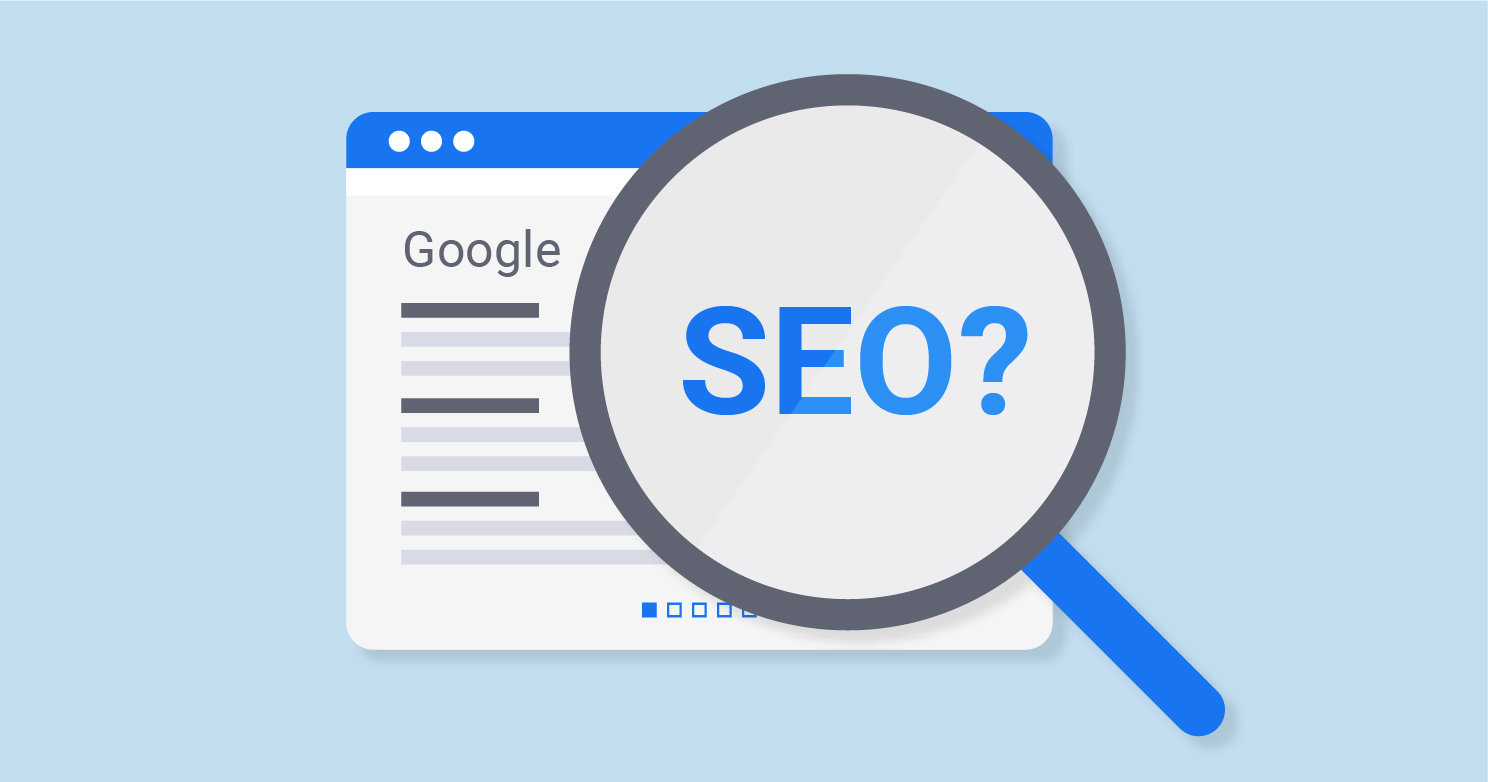As businesses expand their online presence to reach global markets, optimising their website for multiple languages becomes essential. Multilingual SEO (Search Engine Optimisation) plays a crucial role in ensuring that websites rank well in search engine results for relevant keywords in different languages. In this article, we provide a comprehensive guide to multilingual SEO, offering insights and best practices for achieving search visibility across diverse linguistic markets.
Understanding Multilingual SEO
Multilingual SEO involves optimising website content to attract organic search traffic from different language-specific search engines or localised versions of search engines. It focuses on improving visibility and ranking in search engine results pages (SERPs) for specific keywords in each target language. Multilingual SEO requires a combination of linguistic expertise, cultural understanding, and technical optimisation to drive organic traffic and reach the target audience effectively.
Keyword Research and Localisation
Effective multilingual SEO begins with thorough keyword research in each target language. It’s crucial to identify keywords and phrases that are relevant, have search volume, and align with the target audience’s search behaviour. Additionally, keywords should be localised, taking into account language variations, regional preferences, and cultural differences. Collaborating with native speakers and leveraging keyword research tools specialised in different languages can greatly enhance the accuracy and effectiveness of keyword optimisation.
Localised Content Creation
Creating localised content is a vital aspect of multilingual SEO. It involves translating and adapting website content, including product descriptions, blog posts, landing pages, and meta tags, to suit each target language and culture. Content should be optimised with target language keywords, ensuring it is contextually relevant and provides valuable information to the local audience. High-quality, engaging, and culturally appropriate content helps build credibility, attract organic traffic, and encourage user engagement.
Hreflang Implementation
Hreflang tags are HTML attributes that signal to search engines the language and regional targeting of different versions of a webpage. Implementing hreflang tags correctly ensures that search engines understand which version of a webpage to serve to users based on their language and location. This helps prevent duplicate content issues and improves the visibility and ranking of each language-specific version of the website.
Optimising Technical Elements
Multilingual SEO also involves optimising various technical elements of a website. This includes ensuring proper URL structures, implementing language-specific metadata (such as title tags and meta descriptions), enabling language switcher functionality, and creating sitemaps for each language version. Technical optimisation helps search engines crawl and index the website accurately, improving its visibility and ranking across multiple languages.
Bottom Line
Multilingual SEO is a powerful strategy for expanding global reach and attracting organic traffic from diverse linguistic markets. By conducting thorough keyword research, creating localised content, implementing hreflang tags, optimising technical elements, pursuing backlinks, and leveraging analytics, businesses can achieve search visibility and effectively engage with their target audience in multiple languages. A well-executed multilingual SEO strategy not only drives organic traffic but also establishes brand credibility, enhances user experience, and drives business growth in international
When organisations choose to collaborate with established language service providers like Logical Translations, all of their content undergoes accurate and effective translation, enabling smooth communication and successful global outreach initiatives.




